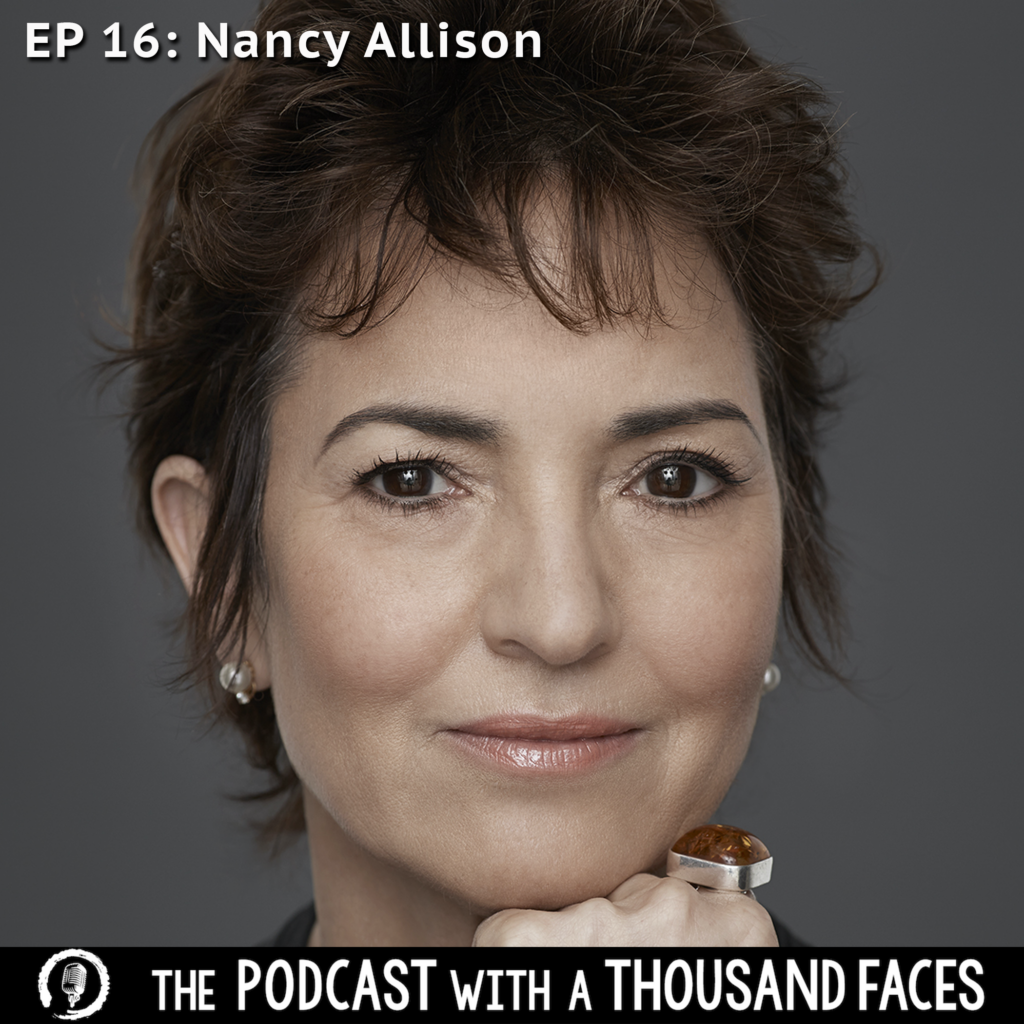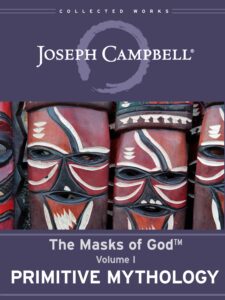Death and the Game of Life

I pulled the card, turned it over, and there it was…Death. My stomach turned at the sight of it.
It was a sunny day in New Orleans and I was captured by the atmosphere of the city. Having my Tarot cards read seemed adventurous at the time, after all, a Southern Baptist from Texas would never do such a thing!
I was mesmerized by the rhythm of the shuffling cards and the delight as each card was turned over to reveal a curious image. I waited with anticipation to be told what it all meant, until the Death card revealed itself. I couldn’t take my eyes off the image.
Some of the information I received that day was welcome and some less so, much like life. But the feeling of dread at the sight of the Death card loomed over the ordeal. This moment, at least as memory recalls, was my first lesson in how to hold endings.
Facing our own mortality is one of the most influential catalysts in our decision-making. Peering into death’s unknowns evokes fear and we attempt to preserve our lives at all costs. In Primitive Mythology, Joseph Campbell suggests that the experience of death, and how we as humans conceptualize that experience, is central to the myth-making function. The way in which our ancestors welcomed or resisted death informed the earliest myths, determining the “ultimate structuring of the psyche and its dreams” (The Masks of God, Vol. 1: Primitive Mythology, 120). The threads of this mythology live within the myths we know today.
Read more
And yet, in the Tarot, we draw the Death card time and again, nudging us to create a deeper relationship to Death in order to understand Death’s connection to life. Furthermore, in the Tarot, the Death card is symbolic. Its appearance heralds a change rather than our impending demise. And while Tarot cards such as the Tower suggest external change as the structures around us crumble, Death is much more personal. It invites a turning inward to something spiritual or psychological that must die in order for something new to be born.
In the Rider-Smith-Waite deck, Death is bedecked as a knight, rides a white horse, and in the background the sun rises at the break of dawn. The image displays the cyclic connection between ending and beginning. Each summons the other. And in the Marseille deck, Death wields a scythe, illustrating the dark reality that the harvesting of one life nourishes another. Much like the Reaper’s scythe, the image connects death with new life, the ongoing cycle of death and renewal. Both images capture the mystery of transformation.
The Death card dismantles us. It dissolves some aspects of our lives in order to create the space for something new. Sometimes, such change is welcome. Often, it is met with resistance and heartache. Either way, we are left changed. Some new form of life has presented itself to us, and we grow and develop into this new aspect of ourselves. And then the cycle repeats.
Tiny deaths happen again and again in our lives, changing and shaping us. From each of these experiences, we learn about letting go. The process of releasing what no longer serves us is essential for expanding into that which does. The image of Death then appears less daunting, for we know how to make our way through these tiny deaths in our lives. We come to a deeper understanding that these tiny deaths are not our literal end but rather, an ending that offers another beginning.
Campbell states in Tarot Revelations that we pass through to what he calls the mystery of “the Image of God within us” (25). The pathway to the immovable space within oneself is achieved by living through the painful experiences in life. Each tiny death in our life teaches us how to let go so, finally, when our time comes to an end we can welcome Death as an old friend.
In this way, death – how we conceptualize it, our relationship with it, and understanding of it – permeates how we imagine our lives. If we find life holds a linear pattern with a beginning, middle, and end, then death leaves us in stasis, frozen in time. We then have a finite amount of time to prove our worth, to get ourselves together enough to leave a lasting impression. Like a statue atop a tomb, we are solidified, remembered by our greatest accomplishments or our worst deeds. However, if we find life holds a cyclical pattern, continually transforming from birth to death and then rebirth, then death is the next stage in an ongoing cycle. Death is the regeneration of life. We are forever a work in progress.
Our ideas about death inform the stories we tell about our lives. The myths we hold dear not only tell us how death transforms us but also how to live, and hopefully live well for the generations after us. In an attempt to relate to the chaotic aspects of the human experience, we create myths that point beyond themselves, into the vast unknown, the ineffable. To stare into such depths unguarded is akin to staring at the sun without solar glasses. We are blinded. Mythology presents pathways to follow, ways in which to live a life, many of which are informed by how we imagine our death. Our myths teach us resistance to death or a willingness to succumb to it, the ways in which a life is transformed, or not. But ultimately, mythology helps the world make sense. Our stories work as protectors, shielding us from the unknown so that when we must approach it, we don’t stare into the abyss alone.
Myths hold the mystery but can’t contain the fullness of it. As Campbell explains, “the imagery of myth … can never be a direct presentation of the total secret of the human species, but only the function of an attitude, the reflex of a stance, a life pose, a way of playing the game.” (Primitive Mythology, 121). And death is always a part of the game.
Campbell offers an invitation. We are always welcome to change our attitude, take a different stance, or imagine a new way of playing the game. Myths evolve and change, and the invitation of the Death card is to do just that. It beckons us to take off the glasses, stare into the unknown, and imagine differently.
I return to the tarot often. When I pull the Death card now, I still sense resistance, and at the same time, I welcome the change. I know it will be uncomfortable, but the process is familiar. New life emerges from that which can no longer be sustained and I have learned how to hold endings. Life has taught me how to play the game.
 Stephanie Zajchowski, PhD is the Operations Coordinator for the Joseph Campbell Foundation and a contributing author of the recently published Goddesses: A Skeleton Key Study Guide. She is an Instructional Designer in the airline industry and a founder of the Fates and Graces Mythologium. Stephanie holds a doctorate in mythological studies and a certification in Spiritual Direction from Southern Methodist University. Her writing focuses on the intersection of mythology, religion, and women’s studies. Read more about her work at stephaniezajchowski.com.
Stephanie Zajchowski, PhD is the Operations Coordinator for the Joseph Campbell Foundation and a contributing author of the recently published Goddesses: A Skeleton Key Study Guide. She is an Instructional Designer in the airline industry and a founder of the Fates and Graces Mythologium. Stephanie holds a doctorate in mythological studies and a certification in Spiritual Direction from Southern Methodist University. Her writing focuses on the intersection of mythology, religion, and women’s studies. Read more about her work at stephaniezajchowski.com. Weekly Quote
One part of the hero’s journey is acquiescence. For instance, I am moving toward death, as we all are. That’s also yielding. And the hero is the one who knows when to surrender and what to surrender to. The main theme is to yield your position to the dynamic. And the dynamic of life is now this form eats that form. Yield.
Featured Video
News & Updates
In this episode, we embark on a journey where the worlds of dance and mythology converge. Our guest today, Nancy Allison, is a New York-based dancer, choreographer, filmmaker, and educator who has not only danced on stages around the world, but has also expertly woven the threads of dance, myth, and storytelling into her life’s work.
Nancy Allison was a member of Jean Erdman’s Theater of The Open Eye from 1976 – 1985. At The Open Eye she also distinguished herself as a leading interpreter of Erdman’s solo dance repertory of the 1940s and 50s. She is the executive producer and featured dancer of the three-volume video archive Dance & Myth: The World of Jean Erdman. Since 1986 she has performed Erdman’s solo dance repertory throughout the US and abroad and has presented Erdman’s work at national conferences and institutes. For more information about Nancy and to find all three volumes of the Dance and Myth Series visit: http://jeanerdmandance.com/events.html
Featured Work
The Masks of God™ Volume 1: Primitive Mythology
Masks of God™
Volume 1: Primitive Mythology
In this first volume of The Masks of God — Joseph Campbell’s major work of comparative mythology — the preeminent mythologist looks at the wellsprings of myth. From the earliest expressions of religious awe in pre-modern humans to the rites and art of contemporary primal tribes, myth has informed humankind’s understanding of the world, seen and unseen. Exploring these archetypal mythic images and practices, Campbell examines the basic concepts that underlie all human myth, even to this day.
The Masks of God is a four-volume study of world religion and myth that stands as one of Joseph Campbell’s masterworks. On completing it, he wrote:
Its main result for me has been the confirmation of a thought I have long and faithfully entertained: of the unity of the race of man, not only in its biology, but also in its spiritual history, which has everywhere unfolded in the manner of a single symphony, with its themes announced, developed, amplified and turned about, distorted, reasserted, and today, in a grand fortissimo of all sections sounding together, irresistibly advancing to some kind of mighty climax, out of which the next great movement will emerge.
This new digital edition is part of the Collected Works of Joseph Campbell series. Joseph Campbell Foundation has worked with scientists and academics to bring the anthropological and paleontological information Campbell explores in line with the best twenty-first century scholarship.
Subscribe to JCF’s email list to receive a weekly MythBlast newsletter along with occasional news and special offers from JCF.





